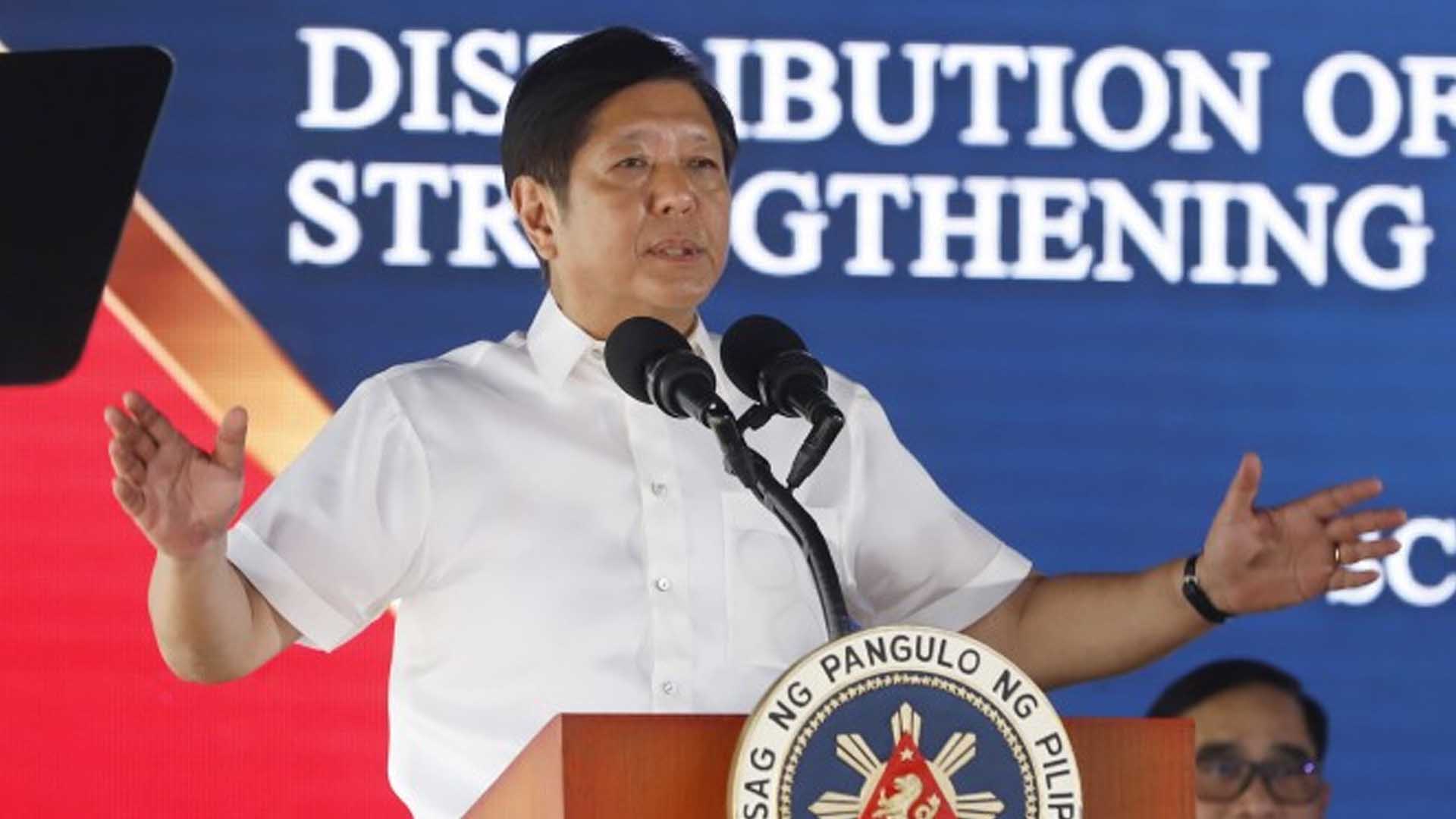President Ferdinand R. Marcos Jr. on Monday said supply chain efficiency is continuously being improved to ensure the availability of affordable food and other commodities not just through Kadiwa ng Pangulo centers but in markets nationwide.
In an interview with broadcaster and former Social Welfare Secretary Erwin Tulfo, Marcos said the aim is for lower prices of commodities, such as the price of rice at around PHP20 per kilo, thus, the government has strengthened measures aimed at ensuring the availability of affordable goods, especially in the provinces.
He said while they target to further increase the number of Kadiwa ng Pangulo centers around the country, there is a need to boost domestic supply and not rely on imported products, which sometimes have higher prices.
“Hindi pa tapos ‘yung pag-aayos natin ng Department of Agriculture. Ngunit, dahan-dahan alam na namin ‘yung kailangan natin gawin. Alam na natin kung saan ‘yung matibay ang sistema, kung saan ‘yung medyo mahinang sistema, kung saan puwede talagang… kailangan talagang tulungan, ‘yun ang aming mga tinitingnan ngayon. (We’re not done yet in addressing issues in the Department of Agriculture. However, we’re slowly learning what to do. We’ve figured out what part of the system is strong, what part is a bit weak, and what areas need to be helped. That’s where we are now),” he said
Kadiwa is DA’s market linkage facilitation program designed to provide the poor with an affordable supply of rice, fish, poultry and livestock, fruit and vegetables and other basic commodities.
Initially launched as Kadiwa ng Pasko in December 2022, the program was rebranded as Kadiwa ng Pangulo, with the first outlet launched in Cebu City last Feb. 27. It now has more than 300 outlets nationwide.
Marcos aims to bring down the price of rice, a staple food in the country, to PHP20 a kilo.
To date, price of rice in Kadiwa centers is around PHP22 per kilo and Marcos is optimistic of eventually hitting his goal.
He, however, stressed that what is more important is not to just bring down prices of commodities but make supply available in more areas to help not only the consumers but the farmers as well.
“Kaya’t ‘yun, dahan-dahan ay pinapaganda natin at sana… darating [ang] oras na hindi lang tayo sa Kadiwa nakakaramdam ng mababang presyo kung hindi sa lahat na ng mga palengke, dahil marami na tayong supply, marami na tayong produksyon. Hindi na tayo umaasa sa importation lamang. (That’s why we’re slowly improving the system with the hope that there will come a time wherein we can buy cheaper priced goods not only from Kadiwa but in other markets also, because we have enough supply and production. We will not solely rely on importation),” he said. (PNA)







